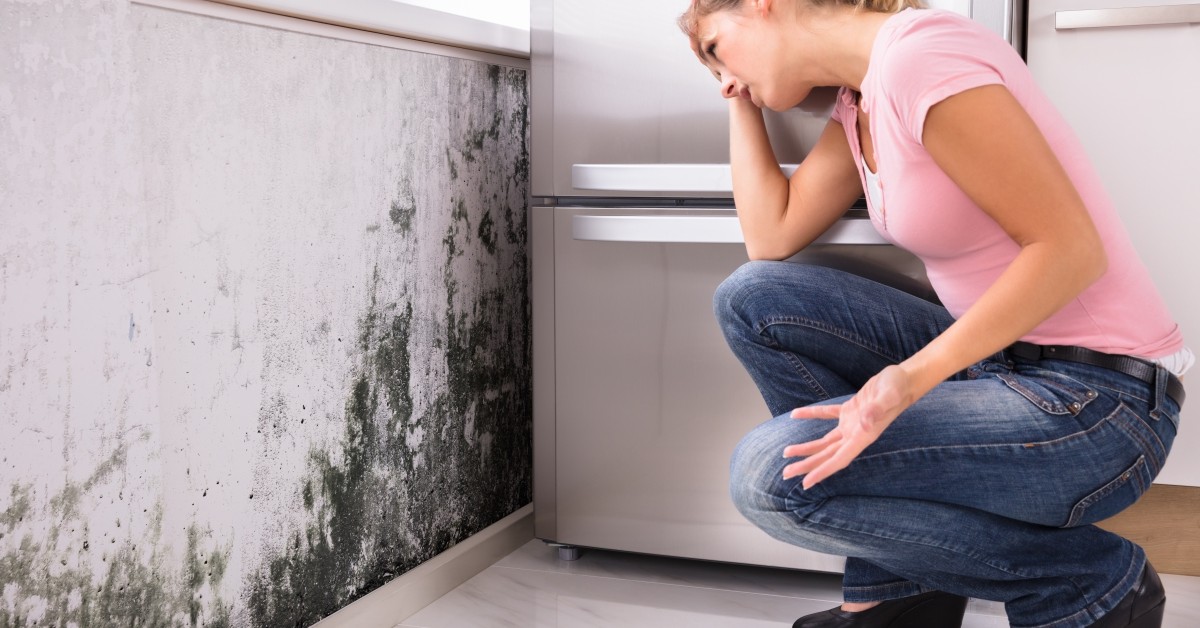Reliable Post Mold Remediation Cleaning Protocols
Reliable Post Mold Remediation Cleaning Protocols
Blog Article
Effective Article Mold And Mildew Remediation Solutions for Your Home
Mold and mildew development in homes can be a consistent issue, often needing a systematic approach for reliable post-remediation options. From comprehending the factors that contribute to mold growth to applying correct cleaning methods and dampness control steps, the process can be complex yet important for preserving a healthy living setting. After mold remediation.
Recognizing Mold Growth Elements
Mold growth is influenced by a variety of factors that are crucial to understand in order to efficiently address and stop its spreading. Comprehending these elements is necessary in carrying out effective mold remediation techniques. The key element contributing to mold and mildew development is dampness. Mold and mildew spores need moisture to prosper and germinate, making damp or moist atmospheres extremely susceptible to mold and mildew invasions. Poor ventilation can likewise cause moisture build-up, developing a suitable reproduction ground for mold.

In addition, airflow and light direct exposure can impact mold growth. Locations that do not have proper ventilation and all-natural light are a lot more susceptible to mold and mildew growth. By attending to these variables comprehensively, individuals can successfully mitigate mold and mildew development and protect their living environments.
Proper Mold Cleaning Methods
Utilizing effective cleansing approaches is crucial in addressing and stopping the recurrence of mold and mildew contamination in indoor atmospheres. The initial step in appropriate mold cleansing is to have the afflicted location to prevent the spread of spores to uncontaminated locations.

Carrying Out Wetness Control Procedures
To efficiently avoid mold and mildew growth and contamination in interior environments, executing moisture control procedures is vital. Wetness is the primary aspect that fuels mold and mildew growth, making it essential to take care of moisture degrees within the home. One efficient measure is to make use of dehumidifiers to keep interior moisture levels below 60%. In addition, making certain appropriate ventilation in areas prone to moisture accumulation, such as cooking areas and bathrooms, can assist lower the risk of mold and mildew development. Frequently evaluating and fixing any leaks in plumbing, roofings, or home windows is additionally important in stopping excess dampness accumulation. Making use of exhaust followers while cooking or bathing, and permitting air flow by keeping furnishings slightly far from walls can help in wetness control. Additionally, utilizing moisture-resistant products in high-humidity areas, such as mold-resistant drywall and paints, can be beneficial. By carefully applying these wetness control measures, property owners can successfully minimize the chance of mold and mildew recontamination and maintain a healthy and balanced indoor setting.
Making Use Of Natural Removal Solutions
After effectively carrying out moisture control actions to stop mold and mildew development in indoor atmospheres, house owners can currently check out the effectiveness of natural remediation solutions in preserving a healthy and balanced space. All-natural removal solutions see this utilize environmentally pleasant approaches to deal with mold and mold, making them a prominent choice for those looking for non-toxic alternatives. One such service is making use of vinegar, an all-natural antimicrobial agent, to clean and disinfect surfaces contaminated by mold. Merely water down vinegar with water and spray it onto the influenced locations, enabling it to rest for a few hours prior to wiping clean. In addition, tea tree oil, understood for its antifungal homes, can be combined with water and splashed onto mold-infested surface areas to hinder further growth. Another all-natural choice is hydrogen peroxide, which can properly kill mold on different surfaces without leaving harmful deposits behind. By incorporating these natural remediation services into their cleansing regimens, house owners can successfully deal with mold growth while advertising a much healthier interior atmosphere for themselves and their families.

Keeping a Mold-Free Environment
Routinely examining areas prone to mold growth, such as restrooms, attics, cellars, and kitchen areas, is crucial. Correct ventilation in locations with high humidity degrees is likewise crucial to stopping mold development.
Additionally, keeping sanitation in the home is vital for mold and mildew prevention. Frequently cleansing and dusting surface areas, carpetings, and upholstery can aid get rid of mold spores prior to they have a possibility to settle and increase. Using mold-resistant products for building products and home furnishings can further help in developing a mold-free click here now environment. Last but not least, maintaining indoor plants in check and guaranteeing correct drainage in outside landscape design can reduce wetness accumulation, decreasing the possibility of mold and mildew problems. By complying with these proactive maintenance methods, house owners can effectively maintain a mold-free home.
Conclusion
In verdict, it is necessary to deal go to website with mold development aspects, utilize appropriate cleansing strategies, implement dampness control measures, utilize all-natural removal remedies, and keep a mold-free environment in order to successfully manage post mold and mildew removal in your house - Post Mold Remediation Report. By complying with these approaches, you can stop mold and mildew from recurring and ensure a healthy living atmosphere for you and your family
The primary variable adding to mold and mildew growth is moisture. Mold and mildew spores need dampness to germinate and grow, making wet or humid environments highly susceptible to mold and mildew infestations.To efficiently protect against mold and mildew growth and contamination in interior environments, carrying out wetness control steps is critical. In addition, ensuring proper air flow in areas prone to moisture accumulation, such as kitchens and restrooms, can assist reduce the threat of mold development.After effectively executing moisture control steps to avoid mold and mildew growth in indoor atmospheres, house owners can currently check out the effectiveness of all-natural remediation options in maintaining a healthy and balanced living room.
Report this page